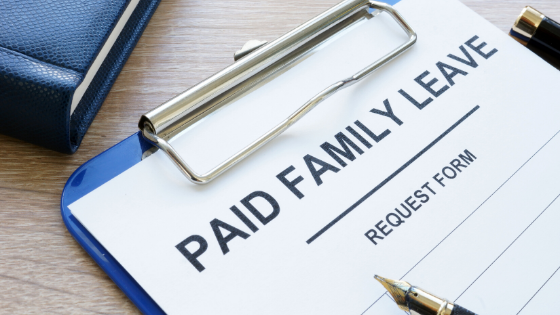April 01, 2020

Subscribe to updates
Get the latest posts delivered to your inbox.

During this nationwide quarantine period, one option for employers is to place workers on paid sick leave. The Families First Coronavirus Response Act Emergency Paid Sick Leave requires employers of fewer than 500 employees to provide family and medical leave and paid sick leave to eligible employees for specified COVID-19 related events. It becomes effective on April 1, 2020 and expires on December 31, 2020.
Employees with Fixed Work Schedules: Two-thirds of an employee’s regular rate of pay multiplied by the number of hours the employee would otherwise be normally scheduled to work
Employees with Schedules that Vary Week-to-Week: Two-thirds of an employee’s regular rate of pay multiplied by the average number of hours the employee was scheduled per day over the 6-month period ending on the date on which the employee takes leave, including hours for which the employee took leave of any type. (If the employee did not work over such period, the reasonable expectation of the employee at the time of hiring of the average number of hours per day that the employee would normally be scheduled to work.)
OnePoint features a dynamic time management engine with the flexibility to easily add time off reasons including new designations fto track paid sick leave provision allotted by FFFMLA. Rules can be configured for the time off codes to provide detailed reporting on utilization and employer costs. Employee pay stub illustration eases the management of compliance of state and federal laws and management of your company's absenteeism.
Disclaimer:
The information above has been gathered from resources available to us at the time. Please check on the facts on your own before making any decisions based on this information.
Get the latest posts delivered to your inbox.